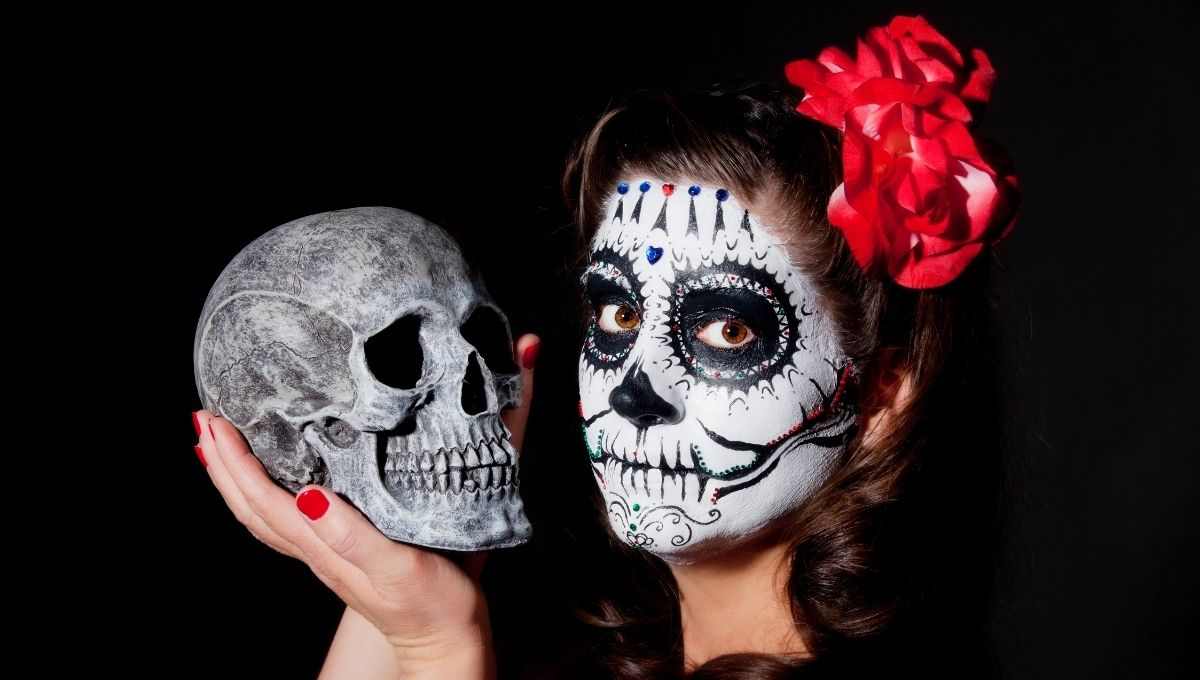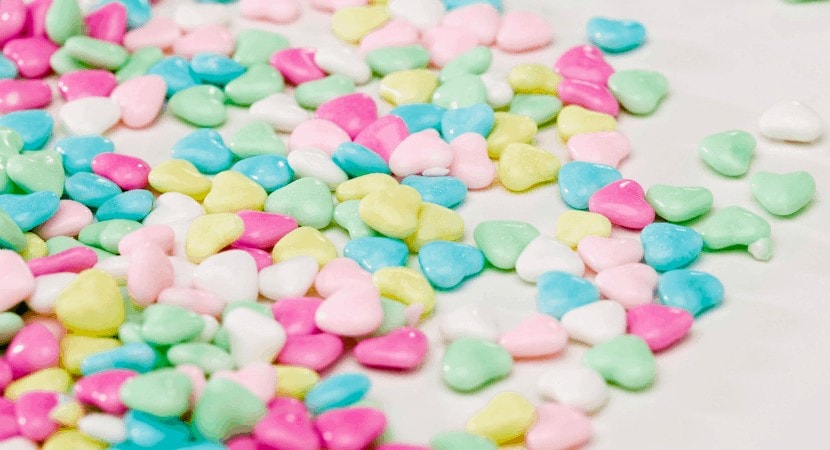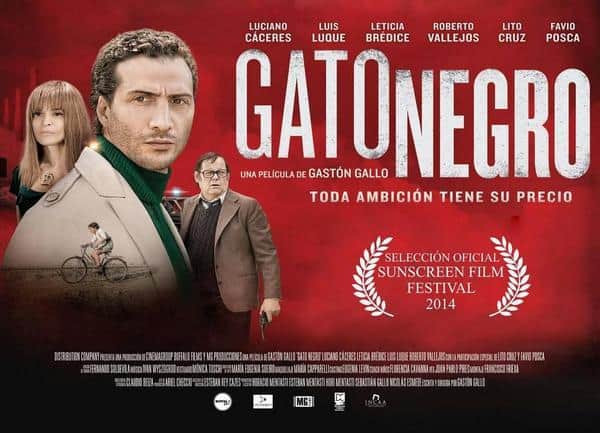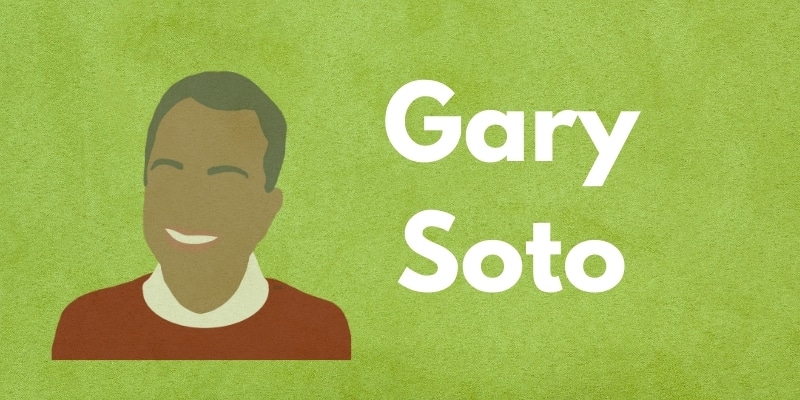What Are the Differences Between Halloween and Day of the Dead?
Inside: A summary of the similarities and differences between Halloween and Day of the Dead.
If you’ve ever thought Day of the Dead is Halloween in Spanish, you’re not alone. They are completely separate holidays, but fall close enough on the calendar and have enough in common that the confusion in understandable.
Although dwindling in number, there are still many Americans who have never heard of Día de los Muertos (or Day of the Dead). Those who have heard of it, but don’t really know much about it, sometimes refer to it as “Mexican Halloween.”
While Halloween and Day of the Dead do share common roots, they are totally different holidays. – USA Today
This post explores key differences– and similarities– between the two holidays!
As you read, keep in mind that this is simply an overview. Just as many families or religions do not celebrate Halloween in the United States, there are families in Mexico and other countries who opt out of Día de Muertos or celebrate in a different way.
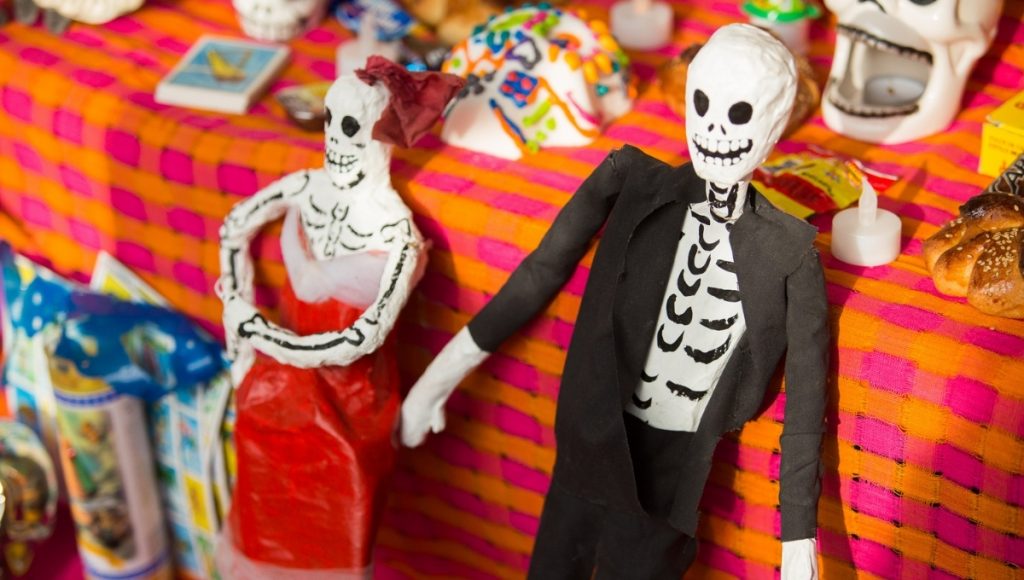
Related: Day of the Dead Activities and Resources
SIMILARITIES AND DIFFERENCES BETWEEN HALLOWEEN AND DAY OF THE DEAD
It’s understandable that people relate these two holidays. Here are five ways they are similar- but different!
1. DATES
The two holidays fall really close to each on the calendar. They’re not quite the same, though: Halloween is celebrated on one day, October 31.
Día de Muertos is mainly observed over two or three days:
- November 1: This is called “Día de los Inocentes.” On midnight of this day, the gates of heaven open to allow the souls of deceased children to visit their families.
- November 2: The day the souls of adults who have died visit their families. Officially this is the “Día de Muertos,” (Day of the Dead) although some countries have other names, like “Día de los Santos” (All Saint’s Day), or “Dia de los Difuntos” (Day of the Deceased).
- Some families begin their celebrations on Oct. 31 as they prepare for Nov. 1 and 2.
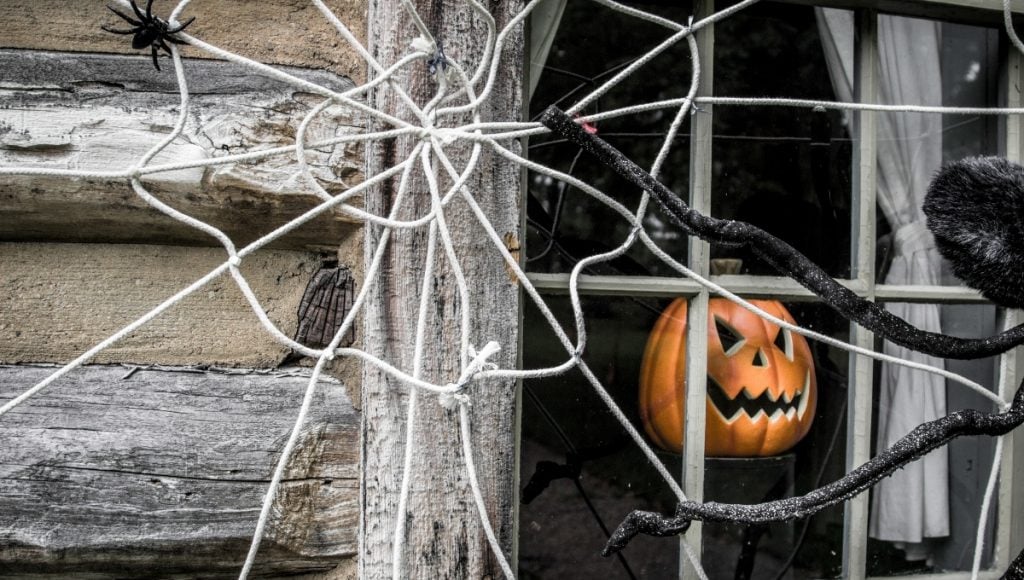
2. HISTORICAL AND RELIGIOUS ROOTS
The similarity in dates can be traced back to ancient Catholic traditions that were mixed in with indigenous practices.
Day of the Dead stretches back about 3,000 years, to the Aztecs, Toltecs, and other groups across Mesoamerica. In August, families would often observe rituals like offering food and aid to help their deceased relatives through their afterlife journeys.
It was believed that after dying, a person’s soul must travel to the Land of the Dead. Most scholars believe the dates shifted to the beginning of November as Spaniards brought their Catholic traditions to Mexico.
The 16th century arrival of Spanish conquistador Hernán Cortés to Mexico saw the imposition of Catholicism on indigenous customs. The Catholic Church recognizes Nov. 1 and 2 as All Saints’ Day and All Souls’ Day, respectively, and scholars say modern Día de los Muertos observances have indigenous roots with European influences. – PBS.org
You can see both influences in modern Día de Muertos traditions, in traditions like decorating tombs, praying in cemeteries, making altars and leaving food out for the visiting souls.
The roots of Halloween are believed to go back about 2,000 years, to the Celtics in Europe. Their rituals coincided with harvest time, making sacrifices to their gods and honoring their dead. They called this festival Samhain.
After of the arrival of the Romans, later popes began to push to replace Samhain with Christian rituals.
By 1000 A.D., All Souls’ Day on November 2 served as a time for the living to pray for the souls of the dead. All Saints’ Day, assigned to November 1, obviously honored saints but it was also called All Hallows. That made October 31 All Hallows Eve, and later Halloween. – Good Housekeeping
Halloween took another turn when it Guy Fawkes day came along, celebrated by Protestant on November 5. Modern-day celebrations of Halloween reflect elements of all of those days: bonfires, masks, costumes, graveyards, even jack o’ lanterns and trick-or-treating.
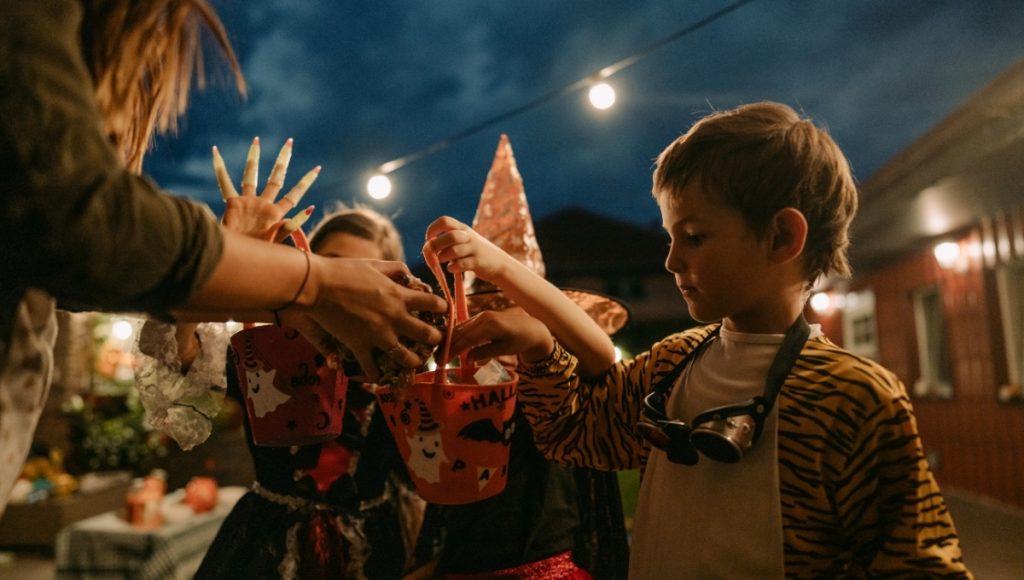
3. DEATH AND THE AFTERLIFE
At first glance, the two holidays might seem similar because they share an element of “spooky,” with decorations of skulls, skeletons, and graveyards.
Modern celebrations of Halloween almost seem to poke fun at what scares us: darkness, death, witches and ghosts. Over the years, dressing up in costumes, decorating, and trick-or-treating have become the main events. While things like haunted houses and scary movies use our fears and fear of death to deliver a thrill, Halloween itself is not meant to be a day of reflection or connecting to family members who have passed.
Day of the Dead, on the other hand, is explicitly about the afterlife, and remembering lost loved ones. Though the images of skulls and skeletons might make it appear as though it’s a serious or sad time, it’s actually meant to be a vibrant celebration of life shared with loved ones who are no longer living.
On the Day of the Dead, it’s believed that the border between the spirit world and the real world dissolve. During this brief period, the souls of the dead awaken and return to the living world to feast, drink, dance and play music with their loved ones. In turn, the living family members treat the deceased as honored guests in their celebrations, and leave the deceased’s favorite foods and other offerings at gravesites or on the ofrendas built in their homes. – History.com
It’s interesting to note that whereas Halloween decorations bring tombs and and graveyards into our homes as decorations, for Day of the Dead, people go out into the cemeteries to bring things that symbolize life: flowers, food and music.
(Note: “All Hallows Eve,” the religious celebration was/is directly related to death and the afterlife. In remembering martyrs or loved ones, it looked much more similar to Day of the Dead.)
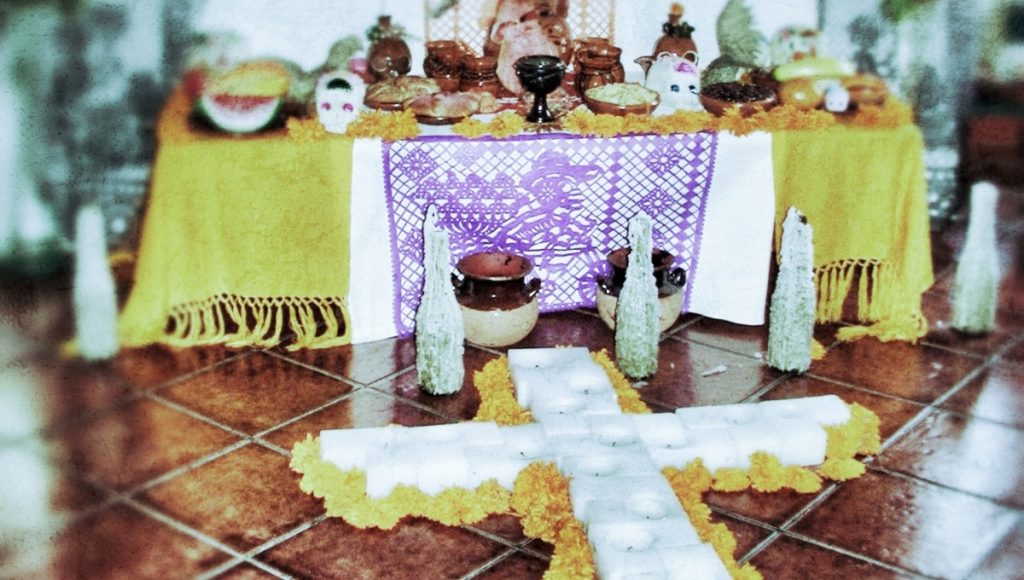
4. GEOGRAPHY
Halloween is mainly celebrated in Ireland, the United States, Canada, and a few other countries, though it is growing in popularity globally.
Day of the Dead is most well-known as a Mexican holiday, though it is also celebrated in Spain and other Spanish-speaking countries. In many parts of Latin America, it’s known as Día de los Difuntos, or Día de los Santos, and primarily celebrated by prayer, visiting cemeteries, or creating an altar at home.
There’s also an increasing mix between the United States and Mexico, with Mexicans celebrating Halloween customs on October 31, and Day of the Dead traditions appearing more in the U.S.
Related: Día de Muertos Traditions in Latin America.
5. DECORATIONS AND COSTUMES
One major similarity between Halloween and Day of the Dead is that both include elaborate decorations, visuals, and costumes.
For Day of the Dead, families set up ofrendas or altars in their homes, with bright flowers (often marigolds), papel picado, candles, personal obects, and incense. These same decorations are used in cemeteries.
People may dress up as well, painting their faces as calaveras (skulls) for parades or celebrations, and you can find sugar skulls or calaveras as part of altars too.
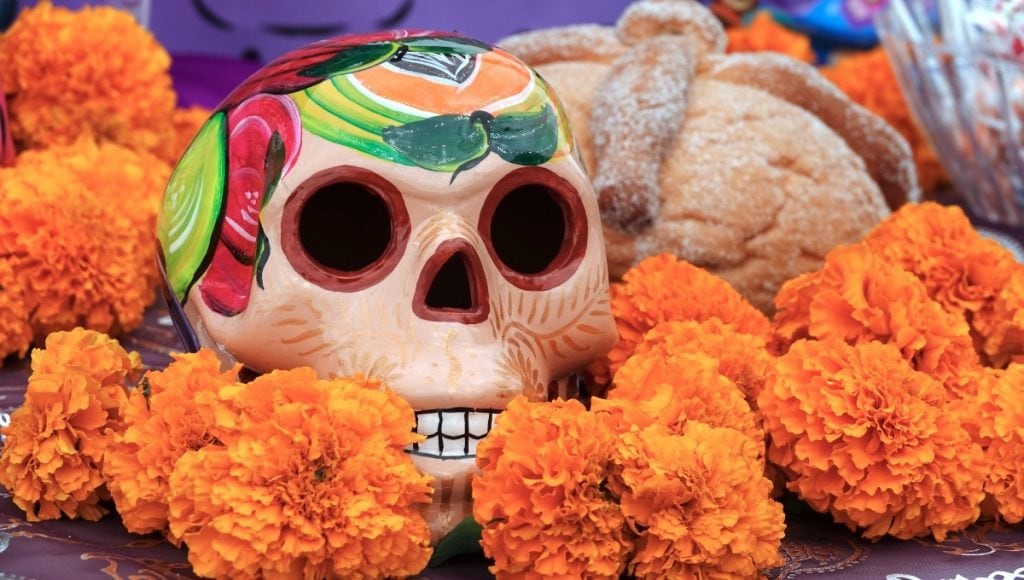
VIDEOS EXPLAINING HALLOWEEN VS. DAY OF THE DEAD
Of course, there are more similarities and differences than we’ve explored just here. Check out the videos below to learn a little more!
